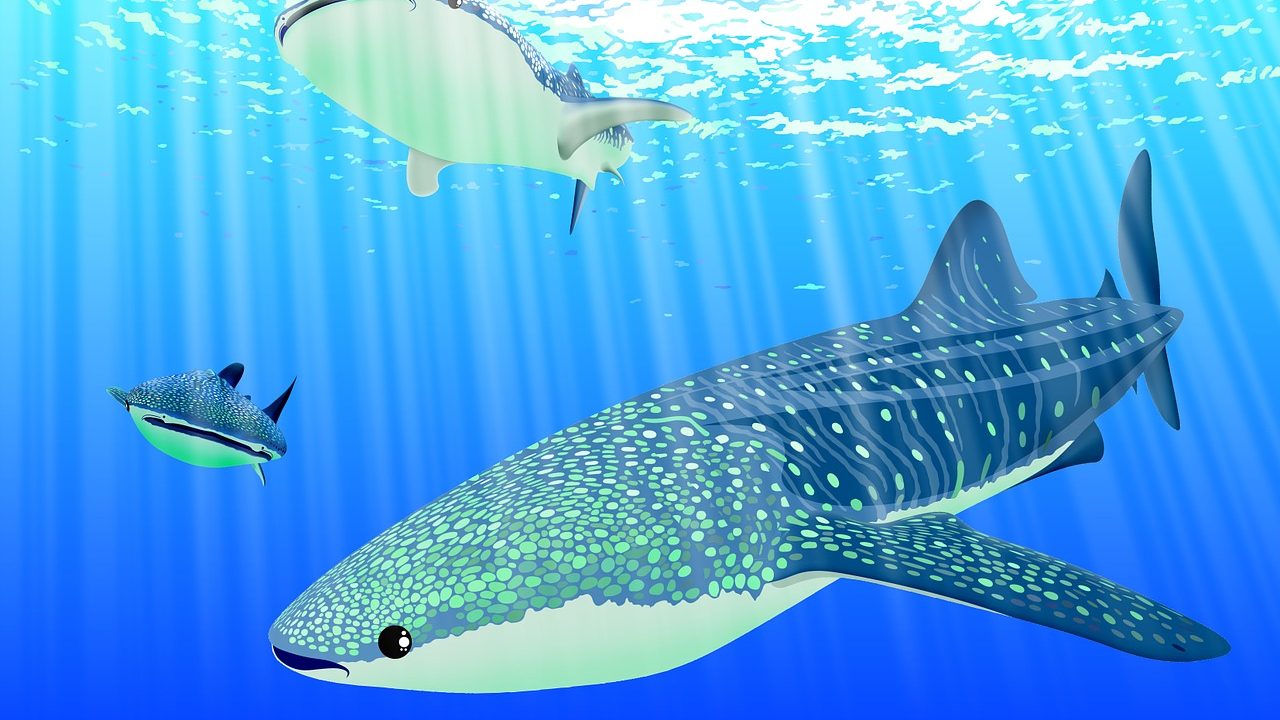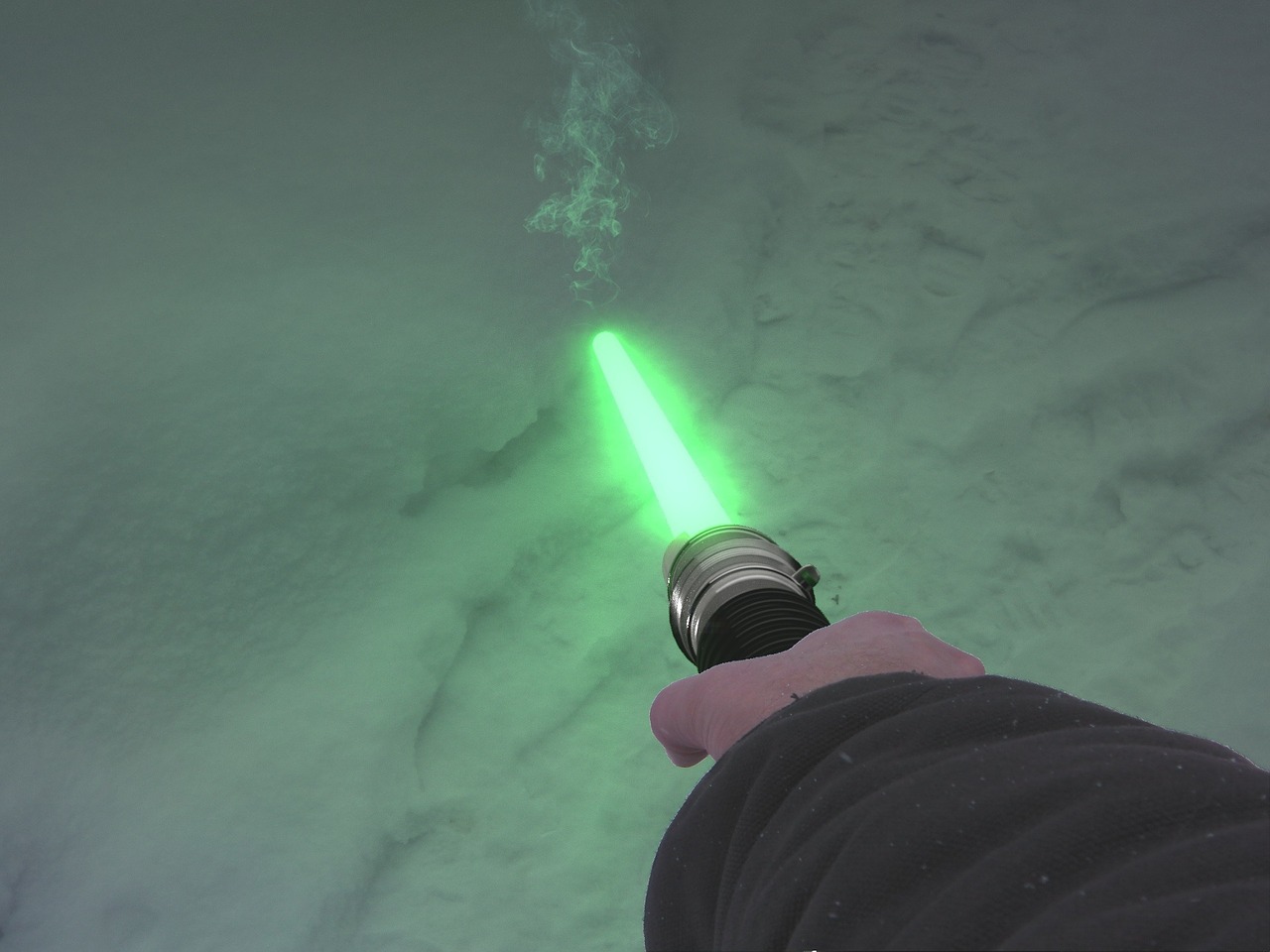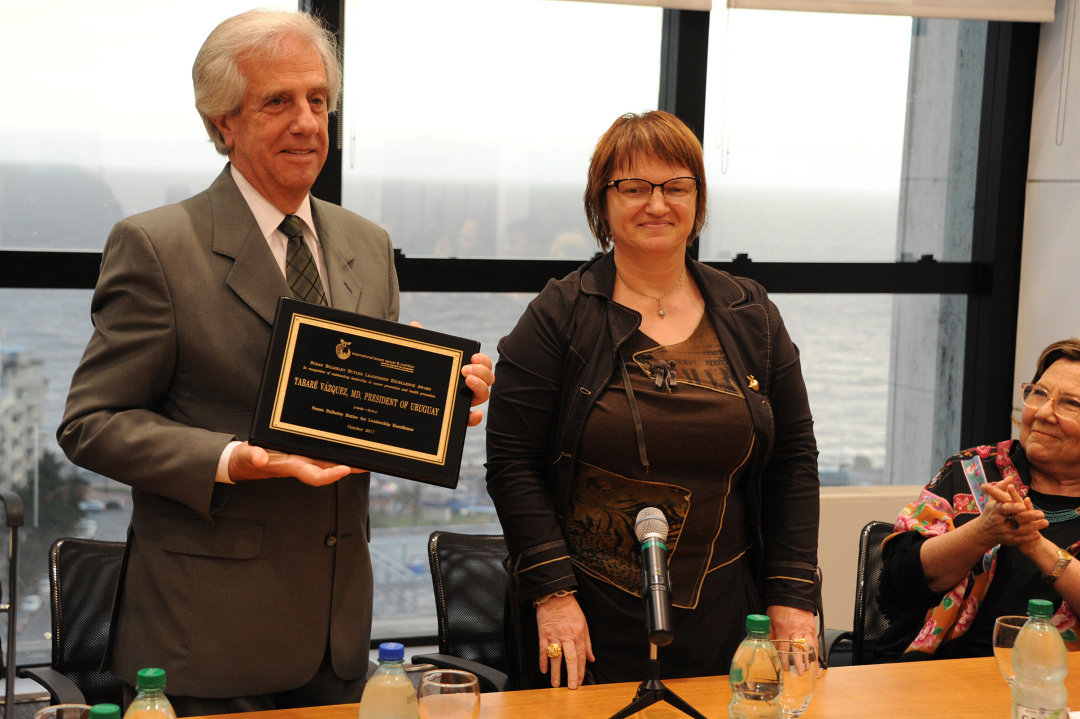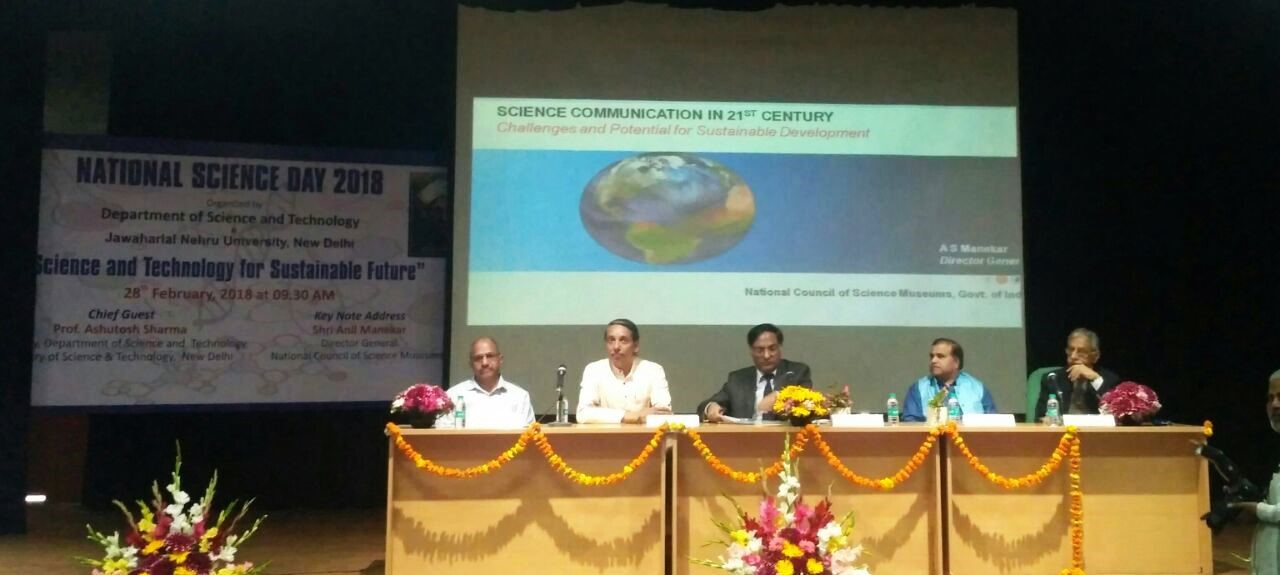
Research Stash Weekly Review #49
- Weekly Review
- 1.3K
Weekly Review #49 – Summary of the latest news in science and technology research across the world, carefully handpicked by team Research Stash
Fascinating New Study Claims Dark Matter May Be Older Than The Big Bang
Dark matter might well be the biggest mystery in the Universe. We know there’s something out there making things move faster than they should. But we don’t know what it is, and we sure as heck don’t know where it came from. Read More
Scientists Find Huge World of Hidden Galaxies, Changing Our Understanding of the Universe
Scientists have found a vast array of hidden galaxies, which together could change our understanding of how the universe works. Read More
This shark glows using a process previously unknown to science
For a shy shark that spends most its time resting on the seafloor (see video above), the chain catshark certainly wears a flashy outfit. Both it and the swell shark are the only sharks known to give off a green glow when exposed to light. Now, researchers have tracked down the source of this fluorescence—and it’s nothing like they’ve seen before. Read More
Mouse Genetics Shape the Gut Microbiome More than Their Environment
Neither the maternal microbiome nor housing conditions appear to permanently alter which microbes remain in the animals. Read More
A ‘Vampire’s’ Remains Were Found 30 Years Ago. DNA Is Now Revealing Who He Was
He had been in his grave so long that when his family dug him up to burn his heart, the organ had decomposed and was not there. Read More
The galaxy is not flat, researchers show in a new 3D model of the Milky Way
Six years of tracking a special class of star have yielded a new and improved 3D model of our galaxy, based on direct observation rather than theoretical frameworks. Read More
First, human-monkey chimera raises concern among scientists
Efforts to create human-animal chimeras have rebooted an ethical debate after reports emerged that scientists have produced monkey embryos containing human cells. Read More
Physicists Overturn a 100-Year-Old Assumption on How Brain Cells Work
The human brain contains a little over 80-odd billion neurons, each joining with other cells to create trillions of connections called synapses. Read More
Scientists glimpse oddball microbe that could help explain the rise of complex life
Biologists have for the first time captured and grown an elusive type of microbe that is similar to those that might have given rise to all complex life on Earth. Read More
Climate change could raise the risk of deadly fungal infections in humans
While fungal diseases have devastated many animal and plant species, humans and other mammals have mostly been spared. That’s probably because mammals have body temperatures too warm for most fungi to replicate as well as powerful immune systems. Read More
If you liked this article, then please subscribe to our YouTube Channel for the latest Science & Tech news. You can also find us on Twitter & Facebook.


